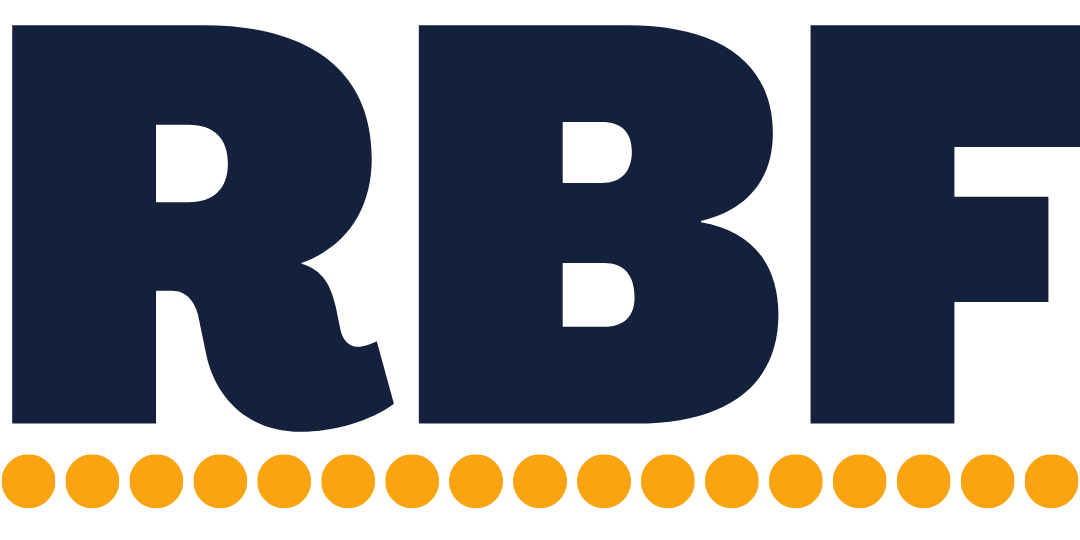Think about burn rate and runway while scenario planning
Startups frequently describe their financial health in terms of burn rate and runway (respectively, how much money they’re spending per month and how long until they run out of money). Those are important metrics when you’re spending like crazy and surviving on limited investor capital. But, they don’t make sense in small businesses. They just don’t line up with your financial goals. You’re not spending down a business trust fund, like startups are. You’re self-funded and the goal has always been a healthy profit (which, I guess would technically be a negative net burn rate 🤔 but that’s a mouthful).
Burn rate and runway only make sense when you have limited funds and are actively losing money, which isn’t normally the situation in small businesses. But, when a recession hits, the normal math gets all messed up, and actively losing money while burning thru limited funds becomes a very real possible scenario. And, your recession plans should include a little more than just bulking up your emergency fund. Figure out your burn rate, your runway, and how you could slow the bleeding, if it all hit the fan.
(Note: while I do think we’re gonna see a recession, this email isn’t me telling you to panic. Just hope for the best but prepare for the financial zombie apocalypse.)
Assessing the situation:
You should have two to three months’ worth of expenses (including your owner’s comp) in an emergency fund. That’s the best practice. Realistically, you probably don’t tho (but, if you do, well done 👏👏👏). We need to figure out how much runway you currently have by doing some napkin math. Grab your Profit & Loss for the last 12 months then divide the revenue and expenses by 12. (This is your average monthly revenue and expenses which accounts for all those once-a-year transactions.) Are you profitable? Now, what if we dialed back revenue by 20% because a few clients went out of business during the recession, are you still profitable? How long could you survive with your current emergency fund?
(note: the math that you’ll want to plug into your calculator is: average revenue * .80 – average expenses = profit. If that number is negative, then: emergency fund ÷ profit * -1 = runway)
Extending your runway :
There’s two main ways to increase runway: 1) by decreasing your burn rate and 2) by increasing your savings and access to capital. In startups, that means raising another funding round. For you, that means focusing on your fundamentals.
Pruning expenses: You should already be regularly auditing your expenses, cutting the low-hanging fruit, and shopping everything else around. But, pruning expenses becomes extra important right before a recession. Reducing your expenses reduces your burn rate and those savings can be used to pay down credit card debt or bulk up your emergency fund (both of which significantly increase your runway). (Here’s a few tips on cutting costs: Reader question: “How can I intelligently cut back my recurring software subscriptions?”)
Paying down debt: Credit card debt sucks the life out of your business during good times. And, it becomes genuinely oppressive during recessions. Take your savings from pruning expenses and throw them against your credit card (or credit line) debt. Actively paying it down will decrease your monthly expenses (by reducing the oppressive interest that’s constantly accruing) and increase your runway (by making that credit available in an emergency). (And, here’s a few tips on how to tackle your credit card debt: Credit card debt is like quicksand)
Extending contracts: Renegotiating and extending recurring contracts gets a little harder during a recession as everyone starts penny-pinching (especially for marketing agencies). Get ahead of it, start renewing recurring engagements, and start discussing your support/maintenance packages for project clients now, before everyone gets panicky during a recession. Every engagement that expires or is supposed to transition from project work to recurring work in the next three months should be reviewed.
Build up savings: Increasing your emergency fund may be the most obvious way to increase your runway. But, that doesn’t make it any less important. You need an emergency fund. You can’t rely solely on credit (like term loans, credit cards, or personal loans) to survive a downturn. If you don’t already have an emergency fund, start setting money aside.
Dealing with inflation :
We’re between a rock and a hard place right now. Either we save up for a rainy day (and lose value to inflation) or we keep spending (and risk going bankrupt). How much runway you build is a very personal decision. It depends on your client base, service offerings, how many employees rely on you, and how risk-averse you are. Find a happy medium that keeps you protected without too much exposure to inflation. But, you absolutely need someee emergency fund because inflation is cheaper than credit card interest rates.
Action Item:
Calculate your burn rate.
💪 What we do at Resting Business Face 😤
🚀 Finance Partner: Forecast the next 12+ months, improve your cash flow, and work closely with yours truly.
🤓 Hands-off Consulting: Annual forecasting and quarterly calls when you need just a touch of guidance.
🏛️ Tax Essentials: Taxes, accounting, and payroll to keep your business on the IRS's good side.
